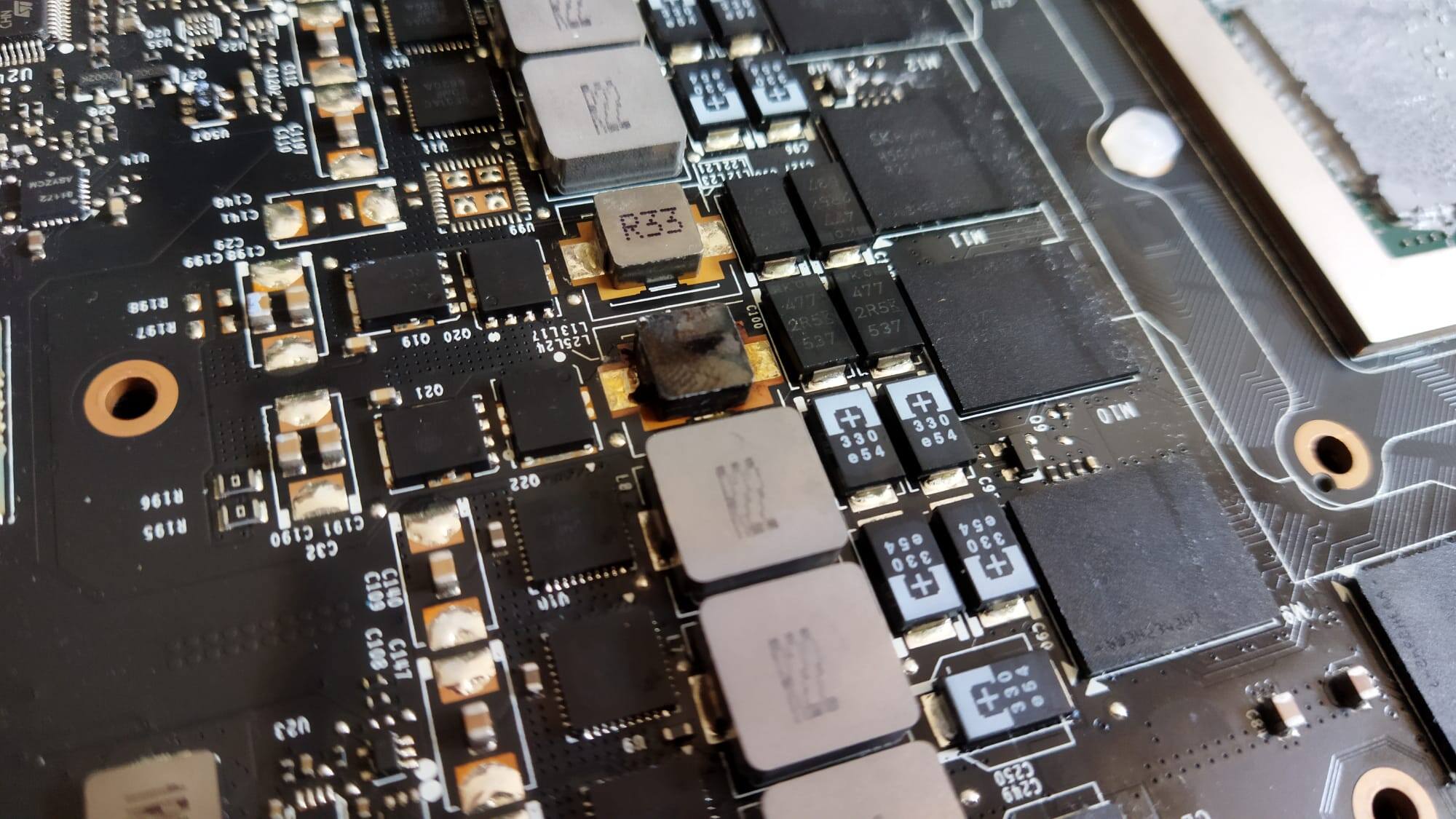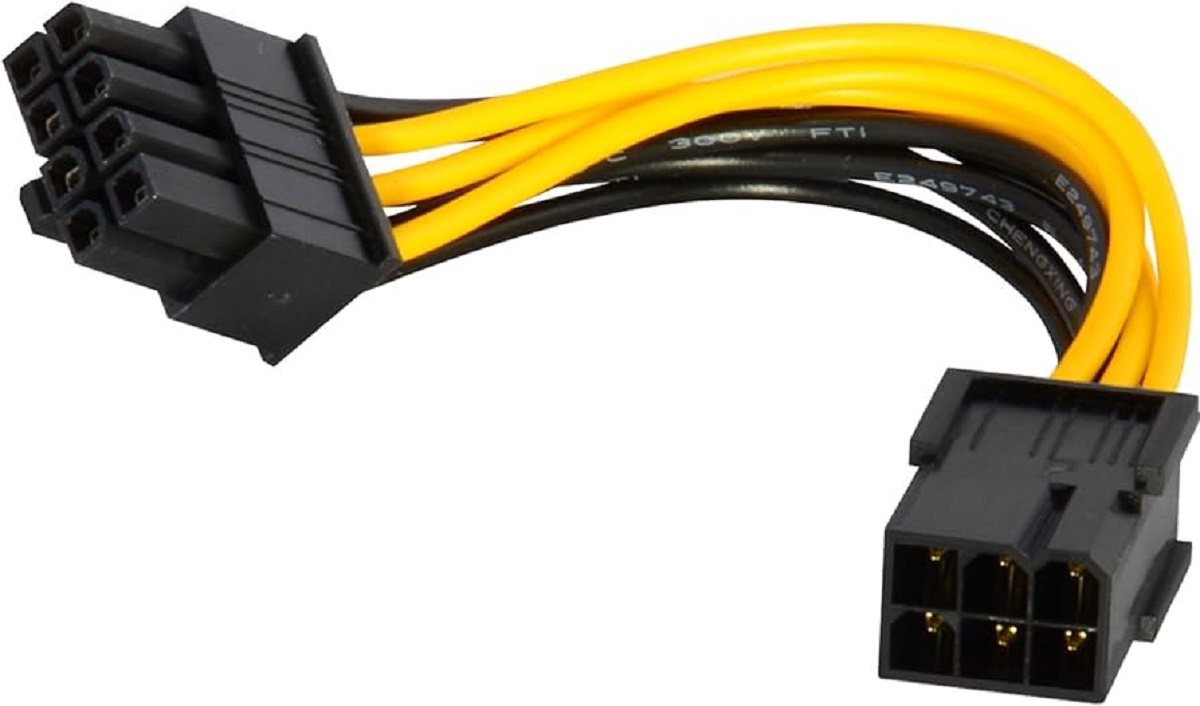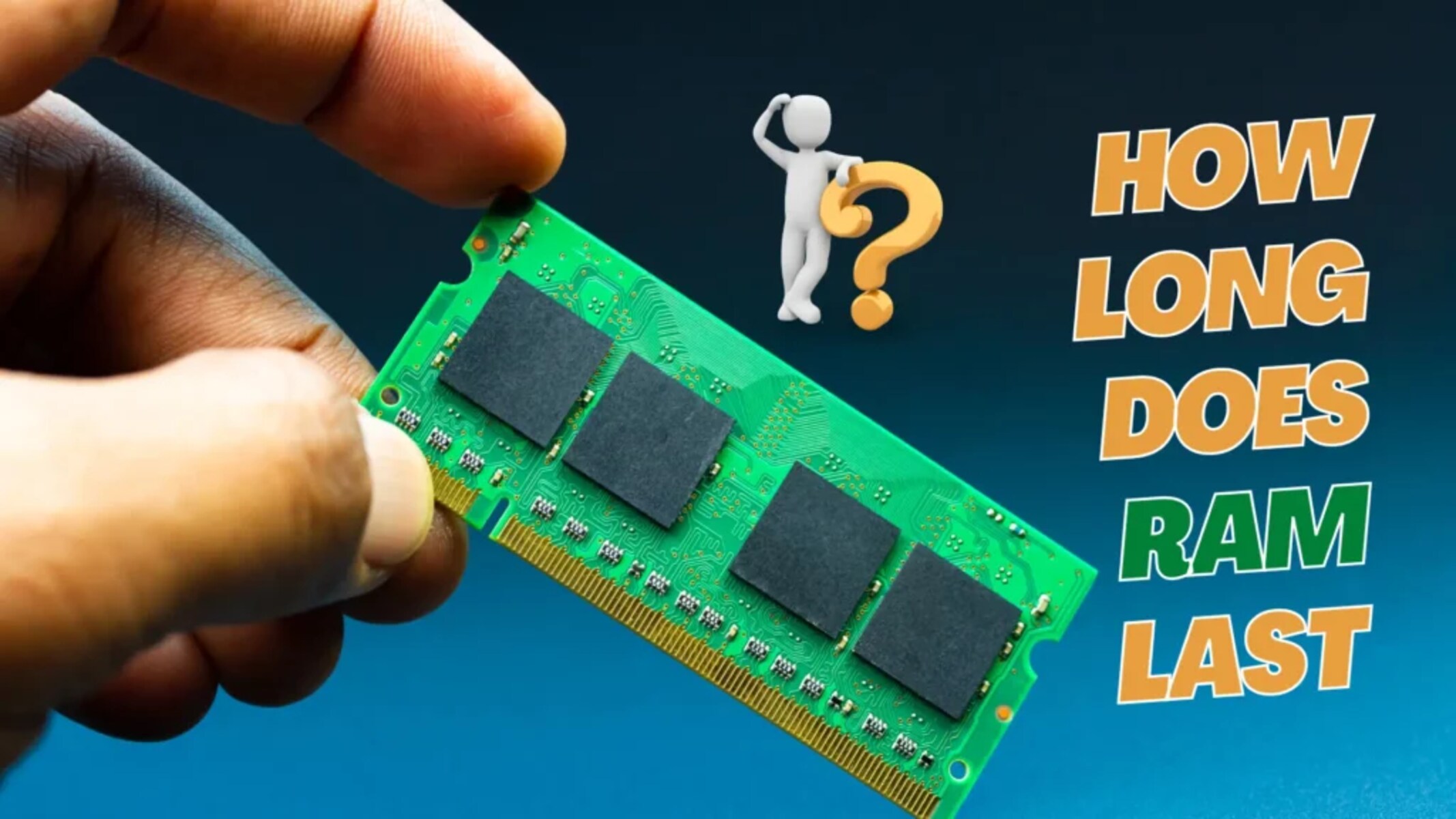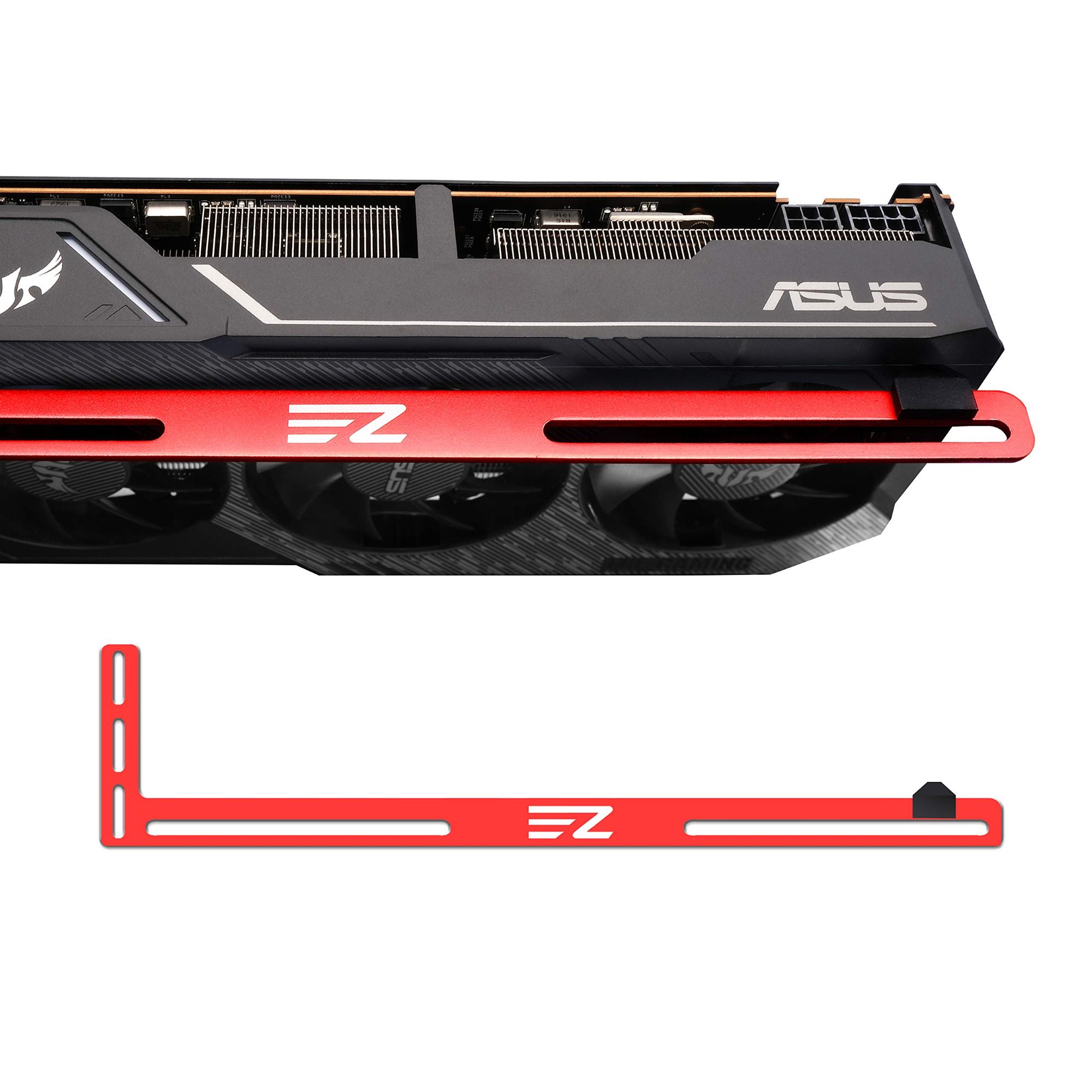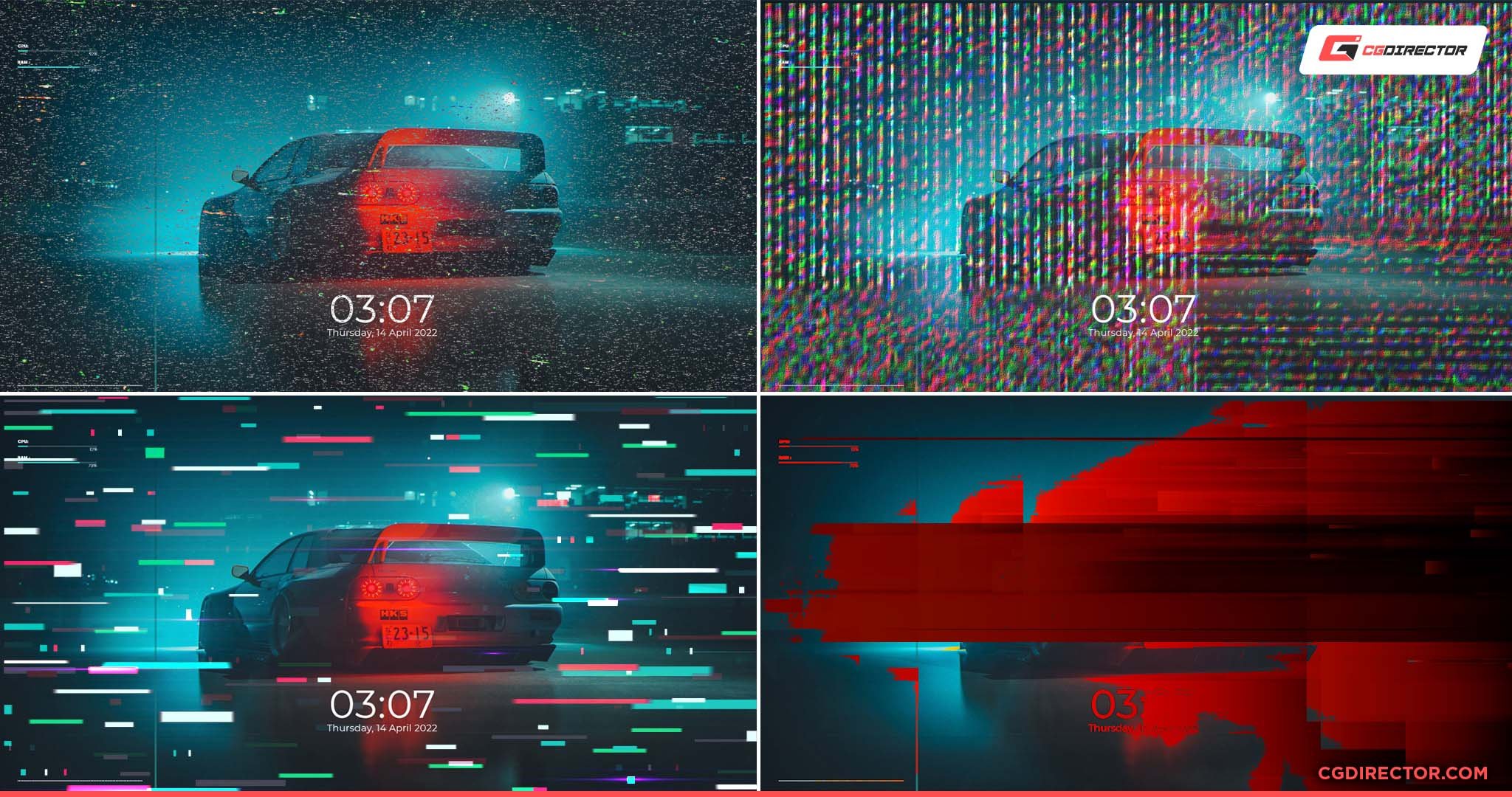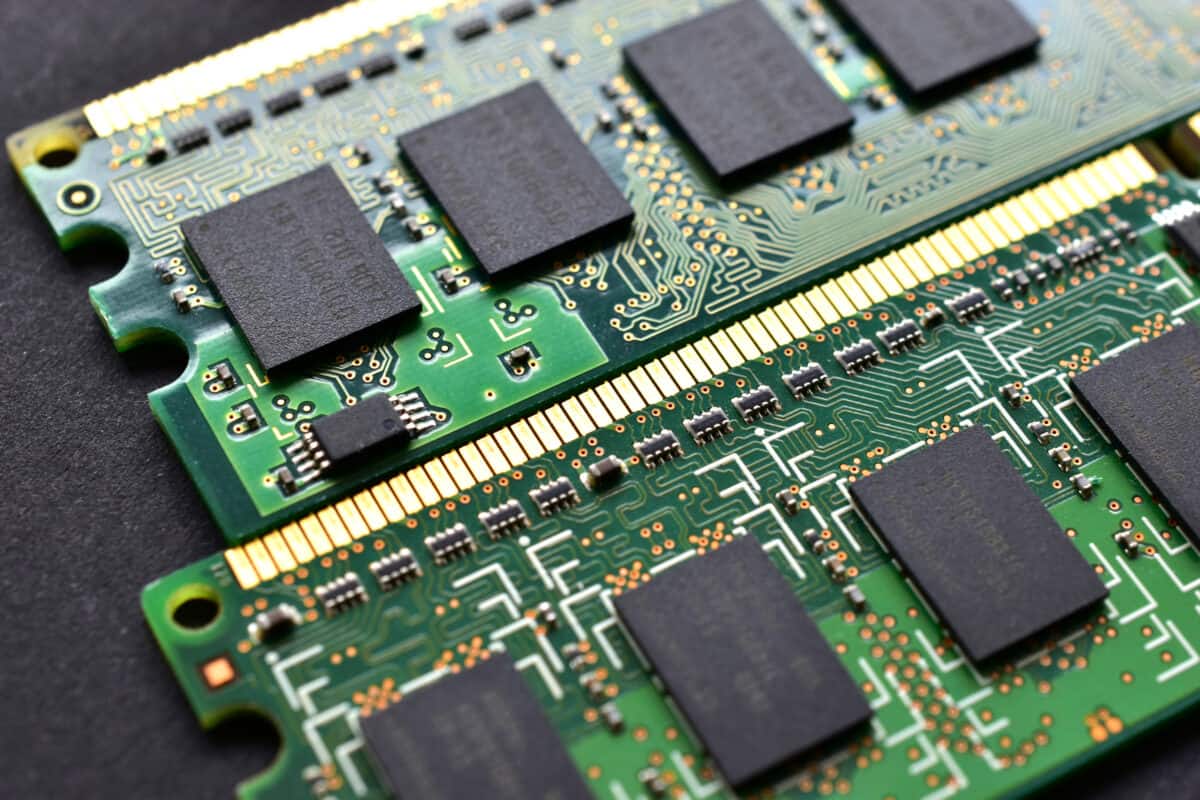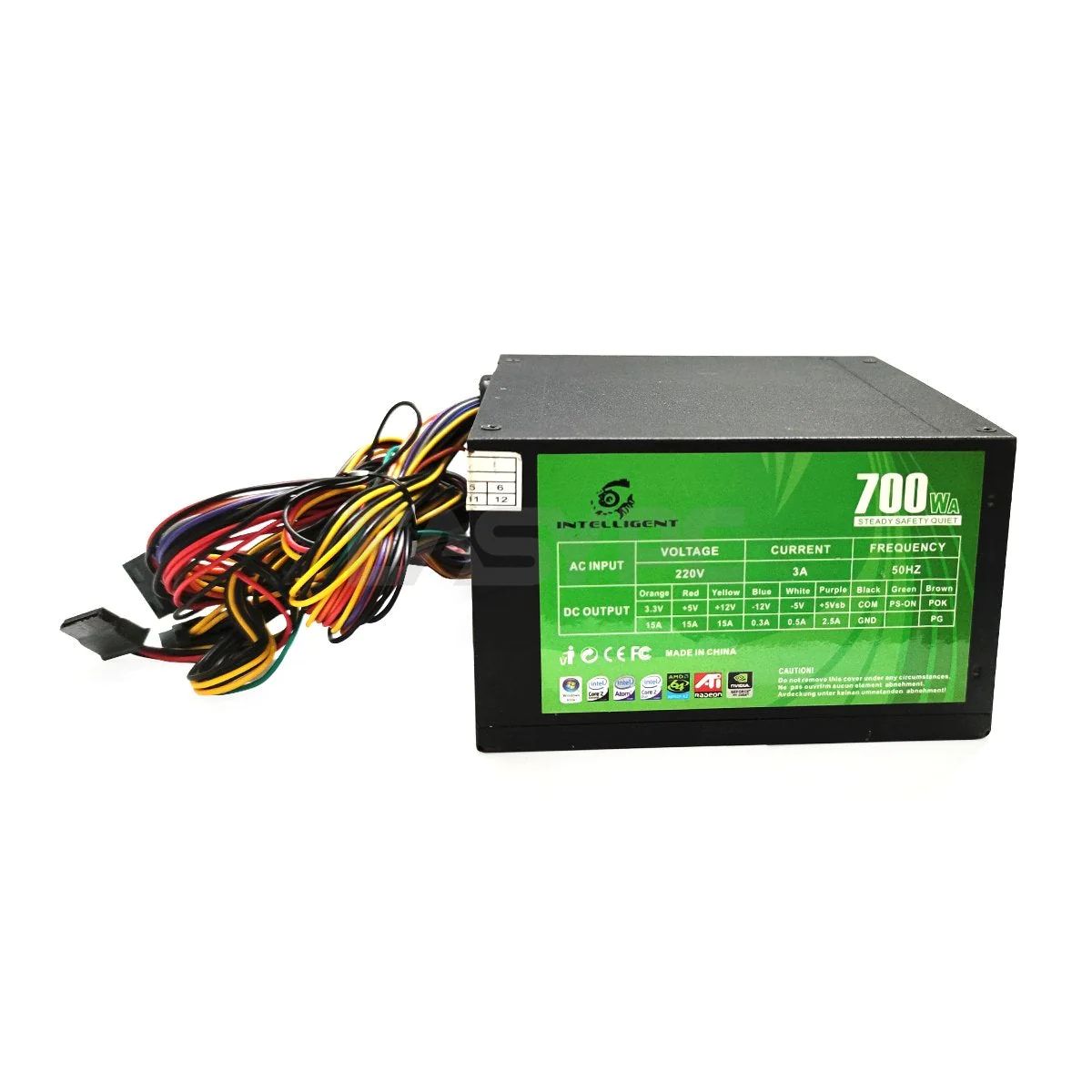html
Introduction
Choosing the right graphics card for your computer can greatly enhance your gaming and multimedia experience. However, not all graphics cards are compatible with every motherboard. It’s essential to ensure compatibility between your graphics card and motherboard to avoid compatibility issues and maximize performance.
Graphics card compatibility depends on various factors, including the motherboard’s slot type, power supply connections, physical dimensions, power requirements, cooling solutions, and compatibility with the operating system. In this article, we’ll guide you through the crucial aspects to consider when determining graphics card compatibility with your motherboard.
Whether you’re building a new gaming rig or upgrading your existing system, understanding how to tell if a graphics card is compatible with your motherboard can save you from headaches and potential compatibility issues down the line. By following the steps outlined in this article, you’ll be able to make an informed decision and choose a graphics card that seamlessly integrates with your motherboard.
So, let’s dive into the details and explore the key factors to consider when evaluating graphics card compatibility with your motherboard.
html
Understanding Graphics Card Compatibility
Before diving into the specifics, it’s crucial to understand the concept of graphics card compatibility. In simple terms, graphics card compatibility refers to the ability of a graphics card to work seamlessly with a motherboard without any hardware or software conflicts.
Graphics card compatibility depends on several factors, including the physical slot type on the motherboard, power supply connections, physical dimensions of the graphics card, power requirements, cooling solutions, and compatibility with the operating system.
The motherboard’s slot type is one of the primary factors determining graphics card compatibility. The most common slot types include PCI Express (PCIe) x16, PCIe x8, and PCIe x4. It’s essential to check if your motherboard has a compatible slot type for your desired graphics card. A graphics card designed for PCIe x16 slot will not work in a motherboard with only PCIe x8 or x4 slots.
Power supply connections are another critical factor to consider. Most graphics cards require additional power connections from the power supply unit (PSU) to function properly. Ensure that your power supply unit has the necessary connections, such as 6-pin or 8-pin PCIe power connectors, to support the graphics card you plan to install.
Physical dimensions of the graphics card are also important to consider. Graphics cards come in various sizes, and it’s vital to ensure that the card can physically fit inside your computer case without any space constraints or interference with other components, such as RAM modules or CPU coolers.
Power requirements vary from one graphics card model to another. Some high-performance graphics cards demand substantial power, and it’s crucial to check if your power supply unit can deliver the required wattage. Insufficient power supply can result in system instability or even damage to the graphics card.
Cooling solutions are also significant in graphics card compatibility. Some graphics cards use larger cooling solutions with multiple fans or bulky heatsinks. Ensure that your computer case has sufficient airflow and space to accommodate the cooling solution of the graphics card you intend to install.
Last but not least, consider the compatibility of the graphics card with the operating system. Most modern graphics cards are designed to work with the major operating systems like Windows, macOS, and Linux. However, it’s always a good practice to check the manufacturer’s website for driver availability and compatibility with your specific operating system version.
Understanding these aspects of graphics card compatibility will help you make an informed decision when selecting a graphics card for your motherboard. Now, let’s move on to the next section where we’ll explore how to check the motherboard’s slot type.
html
Check the Motherboard’s Slot
One of the crucial steps in determining graphics card compatibility is identifying the type of slot available on your motherboard. The most common slot type for graphics cards is PCI Express (PCIe). To check the motherboard’s slot type, you can follow these steps:
- Power off your computer and unplug it from the power source.
- Open the computer case to access the motherboard.
- Locate the PCIe slot where the graphics card will be installed.
- Examine the PCIe slot to determine its version and physical size. Common PCIe versions include PCIe x16, PCIe x8, and PCIe x4, with x16 being the most widely used.
If your motherboard has a PCIe x16 slot, it will be compatible with most graphics cards. However, if your motherboard only has PCIe x8 or PCIe x4 slots, it’s important to select a graphics card that is designed for those specific slot types.
It’s worth noting that PCIe slots are generally backward compatible, meaning that a graphics card designed for a PCIe x16 slot can also work in a PCIe x8 or PCIe x4 slot. However, the performance may be slightly impacted due to reduced bandwidth.
To ensure accurate compatibility, refer to your motherboard’s manual or check the manufacturer’s website for detailed specifications. They will provide information about the available PCIe slots and their compatibility with different graphics cards.
Once you’ve determined the PCIe slot type on your motherboard, you can move on to checking the power supply connections and ensuring that your power supply unit can support the graphics card’s power requirements. We’ll cover this in the next section.
html
Check the Power Supply Connection
Graphics cards typically require additional power from the power supply unit (PSU) to function optimally. Therefore, it’s essential to ensure that your power supply unit has the necessary connections to support the graphics card you plan to install. Here’s how you can check the power supply connection compatibility:
- Identify the type of power connectors required by the graphics card. Most modern graphics cards require one or more 6-pin or 8-pin PCIe power connectors.
- Examine your power supply unit to see if it has the required PCIe power connectors. They are usually labeled and located near the power supply’s output cables.
- If your power supply unit lacks the necessary connectors, you may need to upgrade to a more powerful PSU that can accommodate your graphics card’s power requirements.
It’s important to ensure that your power supply unit can deliver enough power to the graphics card. Insufficient power supply can lead to system instability, crashes, or even damage to your components. Consult your graphics card’s manufacturer or refer to their website to find the recommended power supply wattage for your particular model.
When choosing a power supply, it’s advisable to select a reputable brand with a higher wattage than the recommended amount. This allows for a more stable power delivery and allows room for future upgrades if needed.
Once you’ve confirmed that your power supply unit meets the necessary requirements, move on to considering the physical dimensions of the graphics card to ensure it fits comfortably in your computer case. We’ll discuss this aspect in the next section.
html
Consider the Physical Dimensions
When selecting a graphics card for your motherboard, it’s important to take into account the physical dimensions of the card. Different graphics card models come in various sizes, and it’s crucial to ensure that the card can fit comfortably inside your computer case without any space constraints or interference with other components such as RAM modules or CPU coolers.
To determine if a graphics card will fit in your computer case, you can follow these steps:
- Measure the available space inside your computer case, paying attention to the length, width, and height restrictions.
- Consult the specifications of the graphics card you plan to purchase. Look for the card’s dimensions, which are usually provided by the manufacturer.
- Compare the dimensions of the graphics card with the available space in your computer case. Ensure that there is enough clearance for the card to fit comfortably without obstructing other components.
Keep in mind that some larger graphics cards may occupy more than one expansion slot on your motherboard. Ensure that your motherboard has enough available slots to accommodate the graphics card you intend to install.
If you have limited space in your computer case, consider purchasing a compact or mini-sized graphics card that is specifically designed to fit into smaller form factor cases. These cards typically have a smaller footprint while still delivering decent performance.
By considering the physical dimensions of the graphics card, you can avoid compatibility issues and ensure a seamless installation within your computer case. Next, let’s explore how to verify the graphics card’s power requirements and ensure that your power supply can meet those needs.
html
Verify the Graphics Card’s Power Requirements
Graphics cards require a certain amount of power to function optimally. Therefore, it’s crucial to verify the power requirements of the graphics card you plan to install and ensure that your power supply can meet those needs. Here’s how you can go about verifying the graphics card’s power requirements:
- Check the specifications of the graphics card provided by the manufacturer. Look for the recommended power supply wattage.
- Make sure your power supply unit (PSU) can deliver the required wattage. The wattage of your PSU can usually be found on the label attached to the unit.
- If your current PSU does not meet the recommended wattage, consider upgrading to a more powerful one that can adequately supply the required power.
It’s important to note that the recommended power supply wattage provided by the graphics card manufacturer takes into account the power requirements of the entire system, including the graphics card, CPU, RAM, and other components. Therefore, it’s advisable to choose a power supply with a wattage slightly higher than the recommended amount to ensure stable power delivery and room for future upgrades.
Additionally, make sure that your power supply has the necessary PCIe power connectors to connect to the graphics card. Most modern graphics cards require one or more 6-pin or 8-pin PCIe power connectors. If your power supply lacks the required connectors, you may need to consider a suitable power supply upgrade.
By verifying the graphics card’s power requirements and ensuring that your power supply can meet those needs, you can avoid any potential power-related issues and ensure the stable and reliable operation of your system. Next, let’s discuss the importance of considering the cooling solution of the graphics card.
html
Take Into Account the Cooling Solution
The cooling solution of a graphics card plays a crucial role in maintaining optimal performance and preventing overheating. When selecting a graphics card, it’s important to consider the type of cooling solution it uses and ensure that it is compatible with your system’s cooling capabilities. Here’s why cooling solution matters and what to consider:
Graphics cards use various cooling mechanisms, including fans, heatsinks, and liquid cooling, to dissipate heat generated during operation. The cooling solution is designed to keep the graphics card’s temperature within safe limits, preventing performance throttling and potential damage to the card.
Before choosing a graphics card, consider the airflow and cooling capabilities of your computer case. Ensure that your case has sufficient airflow, including intake and exhaust fans, to keep the system cool. A well-ventilated case can help dissipate the heat generated by the graphics card efficiently.
If your computer case has limited space or airflow, you may want to consider a graphics card with a more robust cooling solution, such as one with multiple fans or larger heatsinks. These designs often offer better heat dissipation capabilities, enabling the graphics card to operate at lower temperatures and maintain optimal performance.
It’s also important to note that some high-end graphics cards come with customizable cooling solutions or built-in overclocking features. These allow you to adjust fan speeds or even use liquid cooling for enhanced thermal performance. However, these options often come at a higher cost, so consider your budget and needs when choosing a graphics card.
By taking into account the cooling solution of the graphics card and ensuring its compatibility with your system’s cooling capabilities, you can maintain stable performance and prolong the lifespan of your graphics card. Lastly, let’s discuss the importance of checking compatibility with your operating system.
html
Check the Compatibility with the Operating System
When considering a graphics card for your system, it’s essential to check its compatibility with the operating system you are using. Although most modern graphics cards are designed to work with major operating systems like Windows, macOS, and Linux, it’s still important to verify compatibility to ensure proper driver support and optimal performance. Here’s how you can check the compatibility:
- Visit the website of the graphics card manufacturer or refer to the documentation that comes with the card.
- Look for information regarding the operating systems that are officially supported by the graphics card.
- Check for the availability of drivers for your specific operating system version.
Installing the correct drivers is crucial for the graphics card to function optimally and take advantage of its features. Outdated or incompatible drivers can lead to stability issues, poor performance, or even system crashes. Therefore, it’s recommended to download the latest drivers from the manufacturer’s website and install them before using the graphics card.
Additionally, some graphics cards may have specific requirements or features tailored for certain operating systems. For example, certain graphics cards may have advanced features or optimizations specifically designed for gaming on Windows. Checking the compatibility ensures that you can fully utilize these features based on your chosen operating system.
Remember to regularly check for driver updates as graphics card manufacturers often release new versions that provide bug fixes, performance improvements, and compatibility enhancements. By keeping the drivers up to date, you can ensure the best possible performance and stability of your graphics card.
Taking the time to check compatibility with your operating system and installing the correct drivers will ensure a smooth and seamless experience with your chosen graphics card. With everything checked and in place, you can now make an informed decision and confidently select a graphics card that meets all your criteria and requirements.
html
Conclusion
Choosing a compatible graphics card for your motherboard is essential to ensure optimal performance and compatibility with your system. By following the steps outlined in this article, you can confidently determine if a graphics card is compatible with your motherboard.
First, understanding graphics card compatibility involves considering factors such as the motherboard’s slot type, power supply connections, physical dimensions, power requirements, cooling solutions, and compatibility with the operating system.
Checking the motherboard’s slot type is crucial to ensure that the graphics card matches the available slot. Verifying the power supply connection compatibility ensures that your power supply unit can deliver sufficient power to the graphics card.
Considering the physical dimensions of the graphics card is important to ensure that it fits comfortably within your computer case. Verifying the graphics card’s power requirements helps ensure that your power supply can meet the power demands of the graphics card.
Taking into account the cooling solution of the graphics card is vital to maintaining optimal performance and preventing overheating. Lastly, checking the compatibility of the graphics card with your operating system ensures proper driver support and compatibility.
By going through these steps and ensuring compatibility, you can avoid potential issues, optimize system performance, and maximize the lifespan of your graphics card. Remember to always consult the manufacturer’s specifications and documentation for detailed compatibility information.
With the knowledge gained from this guide, you can confidently select the right graphics card that seamlessly integrates with your motherboard, improving your gaming and multimedia experience. Happy gaming!







